Fire Preparedness
California faces a continued and growing threat of extreme weather and wildfires. NID’s goal is to reduce wildfire risks and keep our customers and communities as safe as possible.
Examples of how we are taking action:
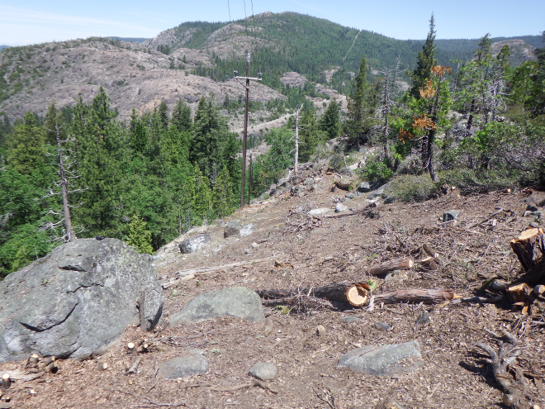

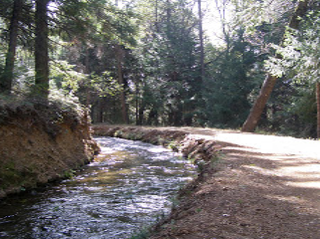
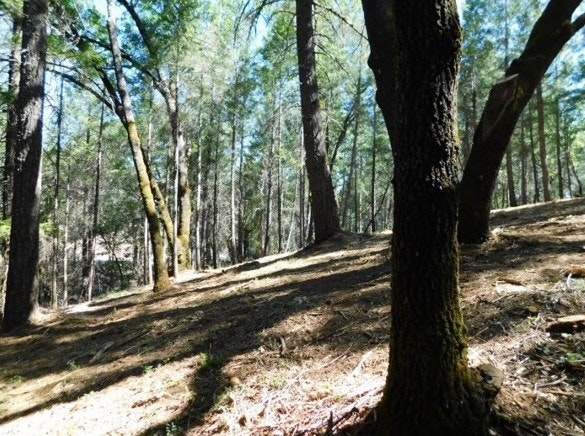
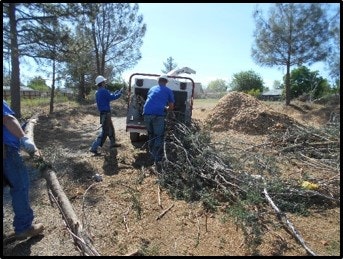
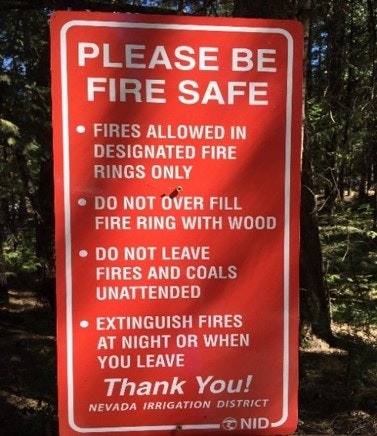
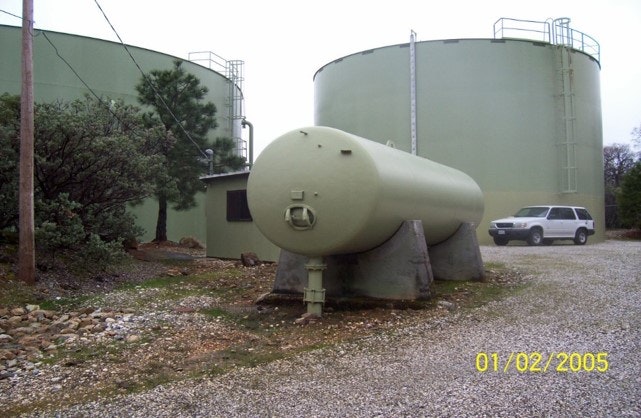
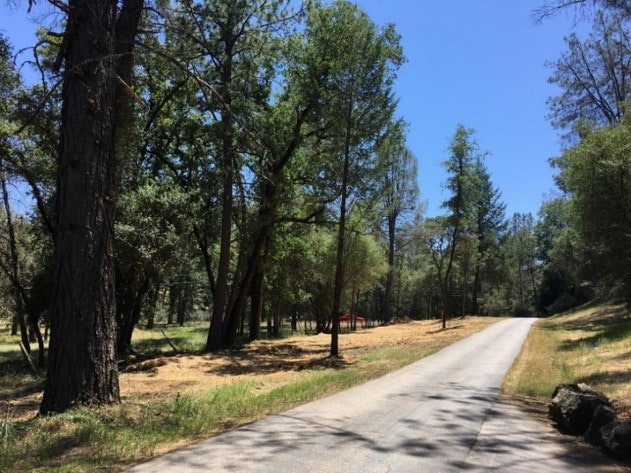
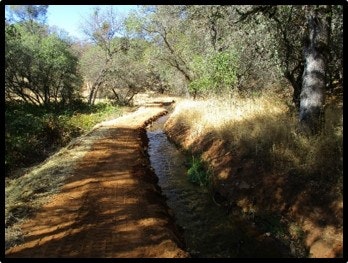


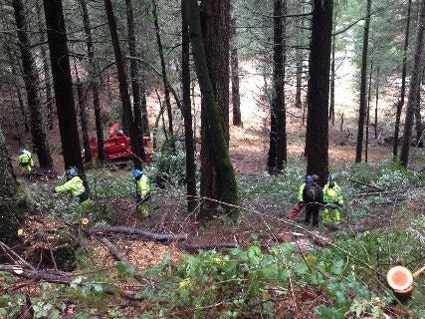
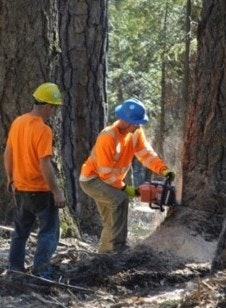
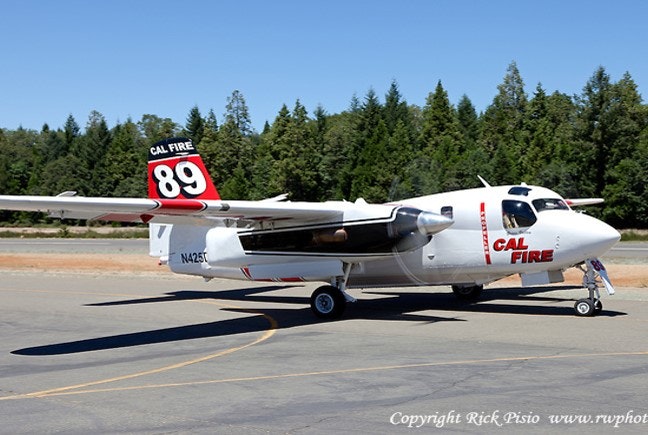














Stepping up to meet the challenge
More than simply the agency that delivers your water, we are committed to safeguarding our community against the threat of catastrophic wildfire. To that end, all district departments are engaged in work to strengthen fire resiliency and ensure facilities and infrastructure are secure in case of a wildfire. These activities range from thinning trees and vegetation on hundreds of acres and adding neighborhood fire hydrants to beefing up our backup generator systems in case of power outages and working with local and state agencies to pool resources. Read more about how we are protecting the community.
Click here.
Making the drop go further
NID produces more than three billion gallons of water a year for consumption, including drinking water and for use around homes and businesses. Treated water plays another important role – the water used to fight fires. Read more – click here.
Raw water keeps flowing during emergencies
NID taps snowmelt high up in the Sierra and uses gravity via 500 miles of canal to bring water downstream to ag customers. Along the way, the water fills 27 storage reservoirs with more than 350,000 acre-feet (1.14 billion gallons!). That water can be used to help fight fires from the ground and air. Read more about how NID raw water is used during fire emergencies. Click here.
Water supply for fighting fires from the air
We are proud to say we supply the water from the Loma Rica Reservoir to the Grass Valley Air Attack Base, located at the Nevada County Airport. Read more about the water NID supplies to air tankers fighting fires. Click here.
Campfire safety: making positive summer memories
For many, a traditional campfire is a highlight of a summer camping experience. To ensure those memories are as pleasant as can be, our recreation team has ramped up efforts to promote fire safe behavior in its campgrounds. Read more about campfire safety and regulations here.
Clearing around our Transmission Line
Keeping vegetation and hazard trees away from a primary power line is of utmost importance, and our team has literally been walking the line for years to manage vegetation and provide a safe clearing. Now, efforts have increased to maximize protection against wildfire. Read more about our efforts to keep the area around our transmission line clear. Click here.
NID purchases backup generators to protect its hydro system from electric power shutoffs
NID generates enough hydroelectric power to supply more than 60,000 homes. If PG&E needs to shut off the power, we’ve made sure our hydroelectric system will be protected and functional with new backup generators at two powerhouses. Read more about powerhouse protection. Click here.
2,500 hydrants provide water for fighting fires
If fire breaks out in a neighborhood, it’s imperative that water is available to extinguish it at a moment’s notice. To that end, we’ve installed 2,551 hydrants throughout the District … and counting. Read more about NID fire hydrants. Click here.
The importance of fire fuel reduction and forest thinning
To protect our local community, we have ramped up efforts to reduce fire fuels on District property in and around our campgrounds and reservoirs. Removing hundreds of dead and dying trees from acres of forested property is a monumental task. But it’s one that will pay dividends in protecting against catastrophic wildfire. Read the overview here.
Fire fuel reduction around Scotts Flat campgrounds
We are working hard to reduce the wildfire risk at our two campgrounds at Scotts Flat Reservoir. The focus has been on removing dead, dying and diseased trees, as well as underbrush on 300 acres. Read about the Scotts Flat work here.
Fire fuel reduction around Peninsula Campground
More than 80 acres have been treated at the campground to reduce the number of hazard trees and vegetation. The work has significant benefits to reduce the intensity of a wildfire. Read about the Peninsula campground work here.
Vegetation management on District properties
In response to public input, we’ve just completed work to reduce the amount of vegetation around Magnolia Road near Lake of the Pines. Read about the work here.
Maintenance crews are working hard to safeguard our community
NID maintenance crews work around the clock to ensure our 500 miles of canals are functioning and in good condition. Their hard work has the duel benefit of providing fire resiliency and ability to respond to wildfires. Read about the maintenance work here.
NID canals and berms set up to serve as firebreaks
We are setting up our canals and berms to be used as fuelbreaks – where gaps of vegetation and flammable materials can serve as a barrier and help firefighting efforts to slow or stop the progress of a wildfire.
Read about the maintenance work here.
